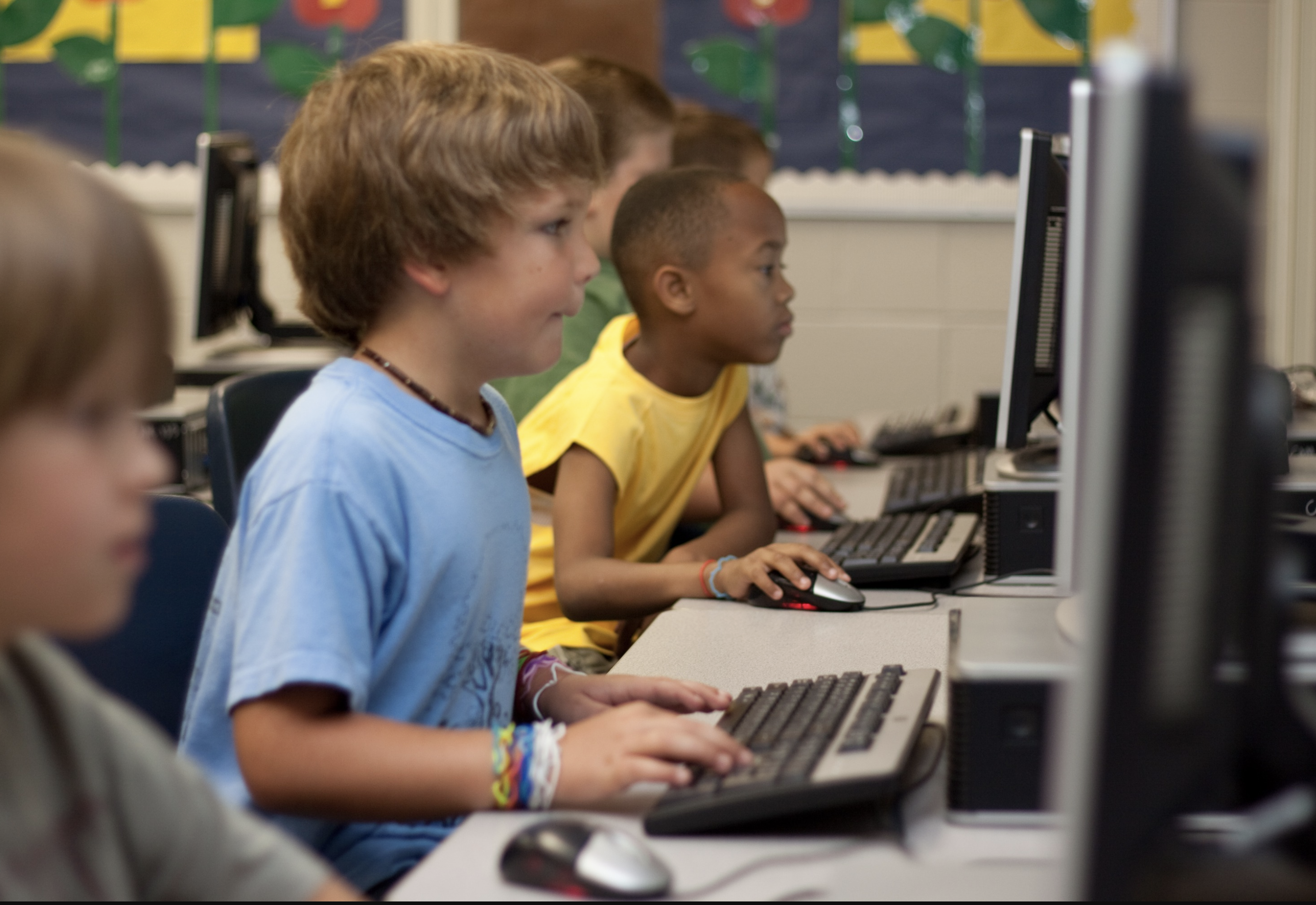If we teach today as we taught yesterday, we rob our children of tomorrow. ~ John Dewey

Today’s letter is E, and the word is EDUCATIONAL TECHNOLOGY.
Yes… it’s another day with two words.
Educational Technology refers to the use of technology to enhance teaching and learning, including both hardware and software.
“Hardware” typically refers to the physical equipment or devices used for teaching and learning purposes, such as computers, tablets, interactive whiteboards, projectors, printers, and other electronic devices.
“Software” refers to the computer programs and applications used to support teaching and learning. It can be simple, like a word processor or spreadsheet. Or it can be more complicated like games, simulations, and interactive multimedia content.
- Personalized Learning: Educational technology provides opportunities for personalized learning that can be tailored to the individual needs of your child with reading and learning difficulties. For example, adaptive software can adjust the pace and difficulty of content to meet the specific needs of each child, providing them with an individualized learning experience.
- Increased Engagement: Educational technology can help increase your child’s engagement with their assignments and motivation to complete them. For children with reading and learning difficulties, interactive multimedia content and games can make learning more engaging and enjoyable, which can lead to better retention of information and improved academic performance.
- Accessibility: Educational technology can provide access to information and learning resources that may be otherwise difficult or impossible for children with reading and learning difficulties to access. For example, text-to-speech software can help your child with dyslexia or visual impairments access written content, and assistive technology can provide support for your child with physical impairments to participate fully in the classroom.
Considering the rise of edutainment, please note that assistive technology and gaming technology serve different purposes and have distinct features.
Assistive technology helps people with learning differences and physical disabilities do things they have trouble doing. It helps them learn and do daily activities. Gaming technology is for fun and entertainment. Some games may be educational, but the main goal is to enjoy it.
Edutainment is a word for educational content that is fun. It mixes education and entertainment (gaming) together in a way that’s enjoyable. Examples of edutainment are educational games, TV shows, and multimedia content. The goal of edutainment is to make learning more exciting by making it interactive and fun.
A word of caution – Edutainment has its disadvantages, some of which are:
- Computers can have a negative impact on children’s growth
- Use of electronic devices can curb social interaction and behavioral skills in children
- Edutainment gives children the wrong expectation that the process of learning must always be entertaining and colorful
Using Educational Technology that is assistive in nature helps your child overcome barriers to learning, developing greater confidence and a more positive attitude towards education. But you must be careful when choosing educational technology to help your child read and learn.
If you’re a proactive parent of a child who is struggling to read and learn and you want to help your child, click here and let’s chat about how I can help you transform your child.

I homeschool my son and fight about using computers for the longest time in his schoolwork. Then one day I let my son become the teacher and he showed me all the ways he uses YouTube and the computer. I learned why it was helpful for my son and since then he has become a helper on my blog as well as the main photographer.
Yes, Glenda, sometimes we must let our children teach us. When it comes to technology, they may be way ahead of us. Good for you letting your son help with your blog and photography. This will skyrocket his self-confidence and open doors to future communications.